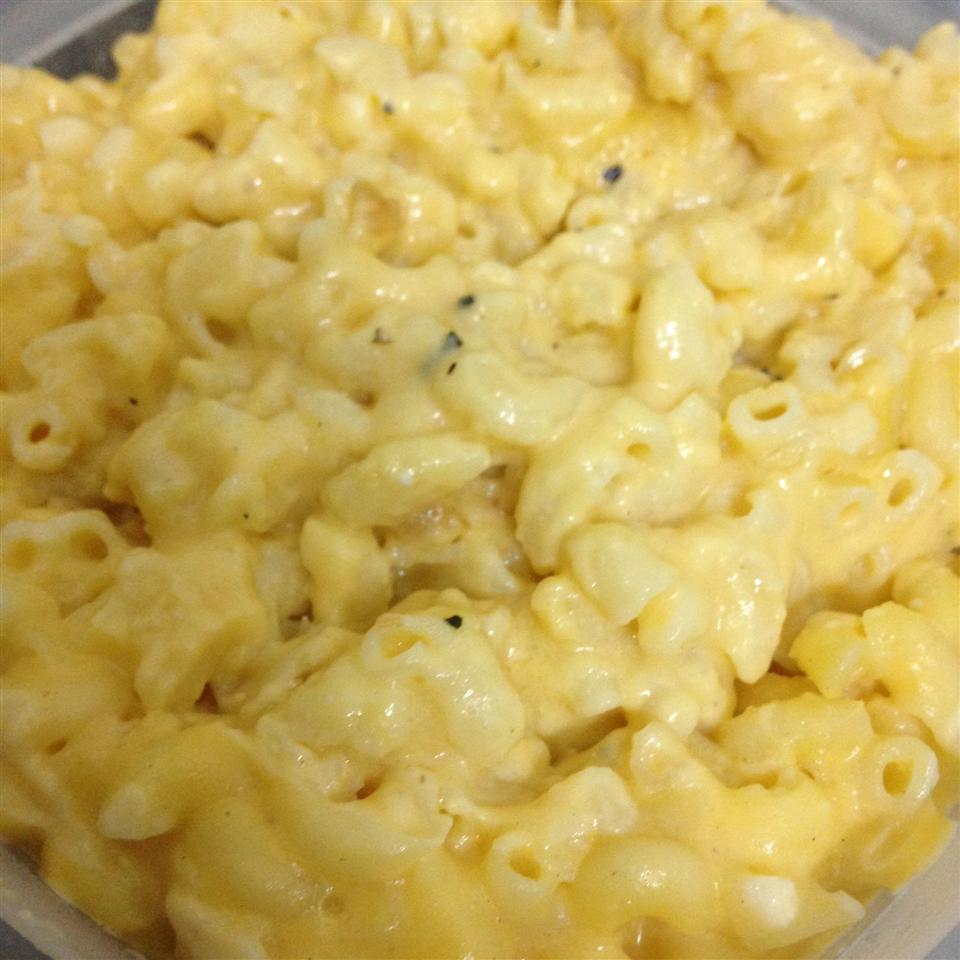

Pasta can be introduced to babies as soon as they are ready to start solids, which is around six months for most babies. When made with macaroni or cheese, babies can get a lot of calcium and complex carbohydrates. Other classics include Gouda, Muenster, Parmesan, fontina, Havani, and Monterey Jack. It has a nutty flavor that is reminiscent of cheese but melts in much the same way.
Easy macaroni and cheese for toddlera mac#
And, when it comes to mac and cheese, moderation is key.Īccording to a new study, many boxed mac ‘n’ cheese dinners contain phthalate-contaminated powdered cheese. Be sure to offer your toddler a variety of healthy foods, including plenty of fruits, vegetables, and whole grains.

Overall, macaroni and cheese can be a part of a healthy diet for your toddler, but it should not be the only food they eat. So, if you are concerned about your toddler’s fat intake or salt intake, you may want to limit their consumption of mac and cheese. Additionally, many brands of mac and cheese are also high in sodium. A single serving of mac and cheese can contain over 10 grams of fat, which is more than a third of the daily recommended amount for toddlers. However, it is important to keep in mind that macaroni and cheese is also a high-fat food. This combination of ingredients can provide your toddler with some important nutrients, like protein, calcium, and vitamin A. Most brands of macaroni and cheese are made with wheat flour, milk, butter, and cheese. First, let’s take a look at the ingredients in mac and cheese. While mac and cheese may be a kid favorite, you may be wondering if it is a good choice for your toddler. It is especially popular with kids because it is creamy, cheesy, and oh-so-delicious. Macaroni and cheese is a classic comfort food that is loved by people of all ages.


 0 kommentar(er)
0 kommentar(er)
